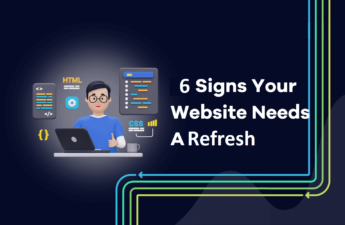Search Engine Optimization (SEO) is connected to making websites rank high on search engines like Google, while Client Experience (UX) is based on simplifying websites to use. Many accept they’re detached, however they need to work together for progress.
Client Experience (UX) Goals:
UX is about how visitors experience and explore your site. A respectable UX simplifies it for customers to find what they need, enabling them to return and make trades. It covers convenience and accessibility, ensuring your site works well for everyone.
The reason behind SEO:
SEO plans to make your website observable to your target swarm. By using various frameworks, Search Engine Optimization helps your site situate higher when unequivocal keywords are searched. Higher rankings mean more potential customers can find your site as they search for things or organizations on the web.
Why UX and SEO Must Be Balanced
However, a couple of see UX and SEO as free endeavours, not changing them can provoke lamentable client experience and low search rankings. Achieving balance is basic for expanding page visits, points of view, responsibility, and changes.
Invest In Simple But High-Quality Visuals:
Great visuals get consideration and assist visitors with finding what they’re searching for. Use visuals decisively, including buttons, logos, and representations. Yet, keep them easy to keep up with quick page speed, urgent for both SEO and UX.
Add Keywords Naturally:
Keywords are essential for SEO, yet utilizing them normally is significant for UX. Select keywords cautiously, abstain from stuffing, and use phrases or long-tail keywords for better cognizance. Place keywords decisively in meta descriptions, titles, and headings.
Improve Your Site For Versatile Devices:
Portable optimization is fundamental for both UX and SEO. Guarantee your site adjusts to more modest screens, utilizes bigger text, diminishes picture estimates, and limits interruptions for a superior portable encounter. This assists decline with bouncing rates, further developing search engine rankings.
Issues When You Fail To Balance UX And SEO:
1. Increased Skip Rates:
- High rankings from SEO won’t help if visitors leave because of poor UX.
- Muddled routes and over-the-top pop-ups increment skip rates.
- Individuals need data quickly; a sluggish or befuddling site dismisses them.
2. Negative Brand Reputation:
- Your site mirrors your brand; an ineffectively planned one harms your picture.
- On the off chance that clients can’t find what they need, they might think your business is amateurish.
- A terrible site can prompt doubt and a negative view of your brand.
3. Search Engine Penalties:
- Awful SEO rehearses like watchword stuffing and spam joins lead to punishments.
- Google might delist your site, causing a huge drop in snaps and visits.
- Recuperating from punishments demands investment and assets for an exhaustive SEO review.
4. Decreased Commitment And Conversions:
- Poor UX and SEO lead to high skip rates, lower rankings, and negative standing.
- Diminished trust brings about less commitment and transformation.
- Over the long haul, this influences deals, income, and the general progress of your business.
Key Takeaway:
Adjusting UX and SEO could appear to be testing; however it is the way to zero in on the client. At the point when methodologies focus on client solace and comfort, a characteristic harmony between UX and SEO arises. Early interest in great UX and SEO rehearses is fundamental to keep away from long haul adverse consequences on your business.
All in all, the coordinated effort between SEO specialists and website specialists is urgent. While SEO draws in visitors to your site, UX guarantees they stay, connect with, and ultimately convert. The congruity between these two perspectives is the establishment of a fruitful web-based presence and a positive client view of your brand.



